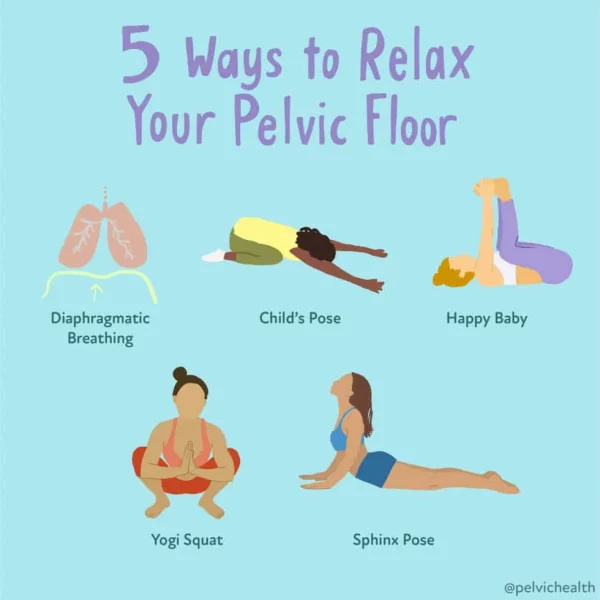Rest is an essential component of any workout plan. A rest day not only allows the body to recover after physical activity but also offers a chance to restore energy, prevent injuries, and improve overall training effectiveness. According to the American Council on Exercise (ACE), individuals should take at least 1 rest day every 7–10 days to maintain a balance between exercise and recovery.
Rest days play a crucial role in reducing muscle soreness and tension. After each workout, microscopic tears often occur in the muscle fibers. This is a natural process, and the body needs time for cells to repair and heal. In addition, the body requires rest to replenish glycogen—the energy stored in muscles. This helps reduce fatigue and prepares the muscles for the next workout. “Rest not only allows muscles to recover but is also the key to achieving long-term progress in training.”

Signs that you need a rest day include prolonged muscle soreness, fatigue, lack of motivation, or difficulty completing your workouts. If you experience loss of appetite, insomnia, or frequent irritability, these are also signals that your body is exhausted and in need of recovery. Failing to rest at the right time can lead to overtraining, increasing the risk of injury and reducing workout effectiveness.
On rest days, you can spend time on relaxing or gentle activities. ACE suggests ideas such as reading a book, watching a movie, practicing yoga, taking a walk, or spending quality time with family and friends. If your body isn’t overly fatigued, you may opt for an Active Recovery Day, involving light exercises like slow walking, gentle swimming, or yoga to ease muscle tension and boost blood circulation.
“An active recovery day not only helps alleviate soreness but also enhances long-term workout effectiveness.”
However, if you experience sharp pain, swelling, or suspect an injury, you should stop exercising and apply the RICE method: Rest, Ice, Compression, and Elevation of the affected area. If the symptoms persist, it is essential to consult a doctor for a proper diagnosis and timely treatment.
Additionally, for those who feel an uncontrollable urge to work out without taking breaks, this could be a sign of compulsive exercise disorder. According to a 2017 study, this condition is often associated with psychological issues such as eating disorders, perfectionism, or anxiety. In such cases, consulting a mental health professional can help restore a healthy and balanced lifestyle.
Taking scientifically planned rest days allows both the body and mind to recover fully, creating a sustainable and balanced workout routine. A rest day does not mean laziness—it is the key to achieving significant progress on your fitness journey.


HPX24h > Fitness > Rest the Right Way: When to Take a Rest Day and How to Spend It?
Top Reads from This Category
Fitness
More Flexible – The Secret to Longevity?
Fitness
Cardiovascular Endurance: The Key to Optimizing Overall Health
Fitness
Safe Exercises for Early Pregnancy: Tips to Keep Moms Healthy and Strong
Fitness
Risk of Increased Mortality in Diabetics Due to Prolonged Sitting: A Warning and Action Guide
Fitness
Physical Training: The Key to Preventing Nerve Damage During Chemotherapy
Fitness
Ketosis: The Key to Accelerating Effective Fat Burning
Fitness
Exercise Tips for Pregnancy: Safe, Effective, and Beneficial for Mom and Baby
Discover New Topics
Fitness
Effective Training Tips to Enhance Muscular Endurance
Science
The Shocking Truth About Medical Bandages: Harmful Chemicals Absorbed Through Wounds
Healthy Eating
How to Create a Diet that Reduces Disease Risk While Still Being Delicious?
Parenting Tips
Discover How Japan’s Education System Creates Self-Disciplined, Responsible Students Without the Need for Pressure
Space
Scientists Believe Water Ice Could Exist on the Giant Asteroid Vesta
Healthy Eating
The Comprehensive Guide to the 16:8 Intermittent Fasting Diet
Fitness
Active Recovery: The Key to Reducing Soreness and Boosting Workout Performance
Parenting Tips
Talking To Children About Sexuality: How To Make It Easier?
Healthy Eating
MIND Diet – The Secret to Protecting the Brain and Preventing Cognitive Decline
Space
The Relationship Between Star Formation and the Activity of Supermassive Black Holes
Healthy Eating
How Many Calories Do You Need Each Day to Maintain Optimal Health?
Science
China’s Hypersonic Jumbo Jet Could Cut Beijing to New York Flight Time to Just 2 Hours
Fitness
Mesomorph: The Key to Unlocking Your Body’s Natural Strengths